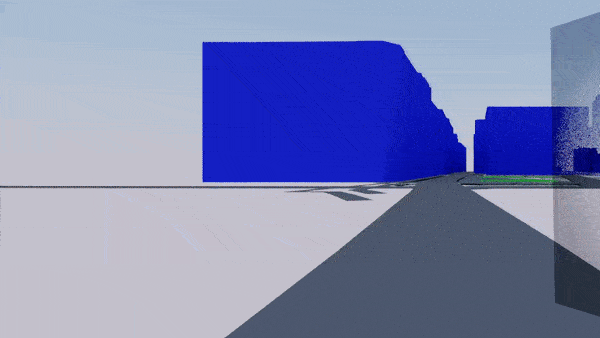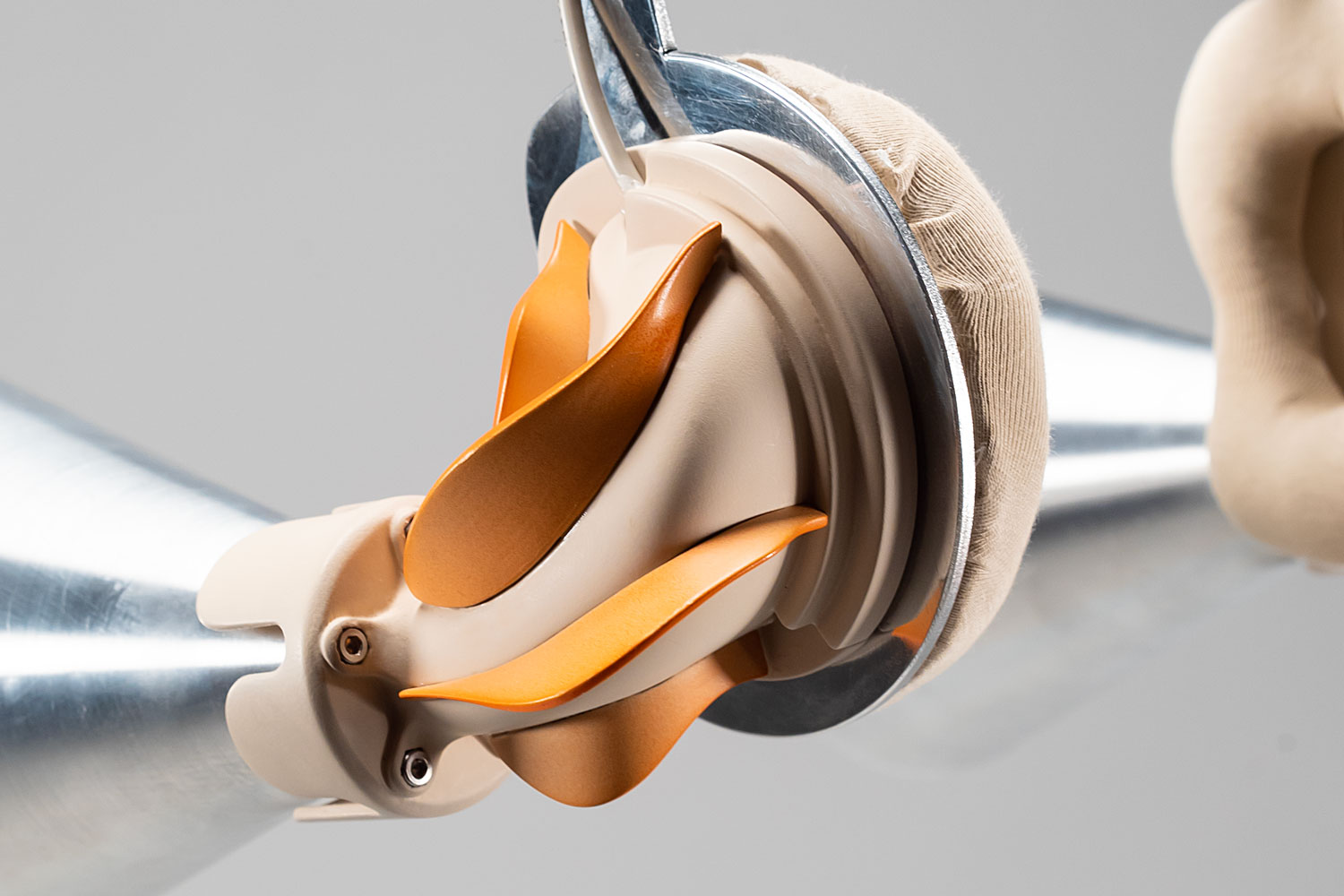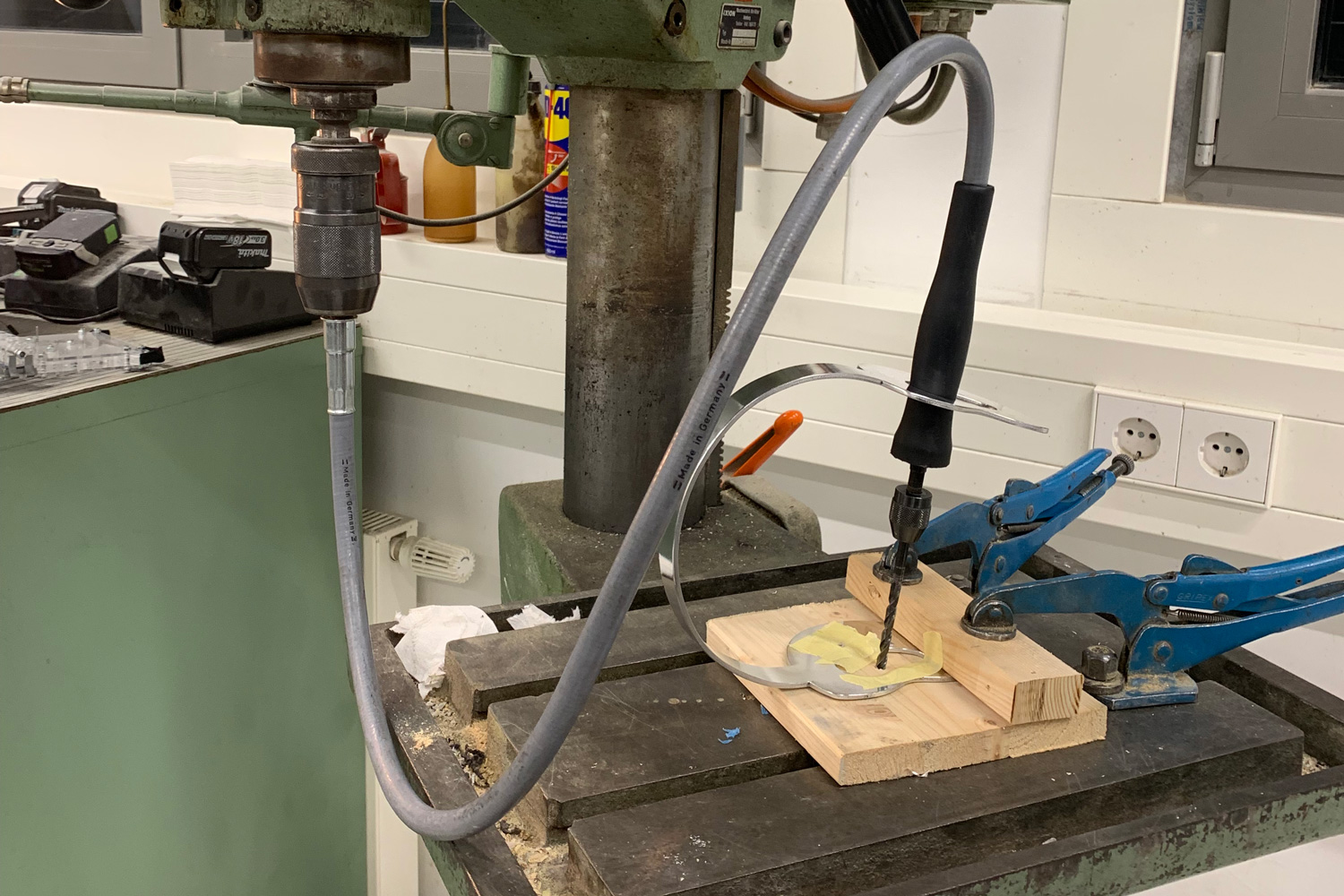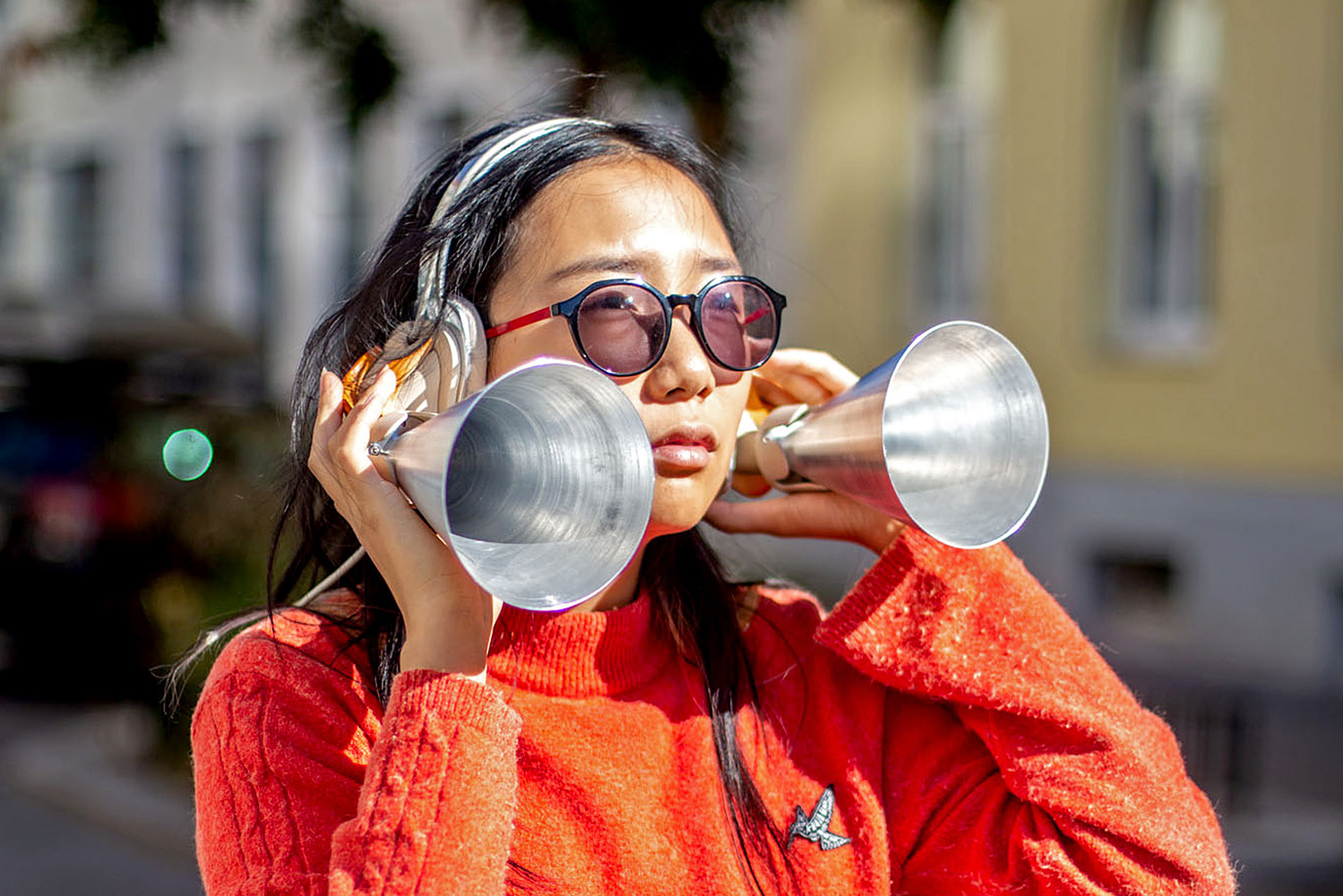Navigational Superpowers
→ Can we have screen-less forms of navigation?

How do we Navigate?
In the beginning, a lot of interviews were conducted aksing differnt people the same simple question: How do you remember a route? One thing became evident: The navigation technology we use on a daily basis is not made for people.
Car-Centered tech
People are much more resourceful and non-linear. People have different ways of moving through our cities, and yet we all use the same car-centric technology. Following a strict line on a screen requires a lot of attention. However, humans react to their surroundings in a much more complex and idiosyncratic way. Their sensory perceptions translate directly into decisions, states of mind, and feelings. We propose to fully engage in this journey and don’t just passively listen to the suggestions of algorithms and companies.

Animal Navigation
If we venture a look into the world of animals, we find a variety of navigational artists. One in particular stands out: The bat. In collaboration with animal cognition scientists Lucy Li unterstood their ways in context and make their navigation process experienceable for humans.

Headset
With this headset, you can orient yourself acoustically in the city. Based on the echolocation of bats, this wearable invites you to perceive the world beyond the boundaries of the screen and intuitively orient yourself based on directional hearing, volume and beat.


Making of
The plastic housing is painted. The plastic "fins" were painted with airbrush gradients and attached to the housing. Inside the headphones is the ear canal, which connects the funnels spun from aluminum sheet to the ear. A passive speaker and a push button are also built in. The data is transmitted to the navigation computer via a cable. This is fully functional. It is carried in a belt pouch.


How it works
The computer reads your position and has the destination stored as a waypoint. The resulting vector is compared with your current compass heading. Therefore, with this form, it is not so important whether you turn right or left, walk on the main or secondary road, or are motivated to take a detour by an interesting landmark. The more the compass course coincides with the target vector, the more present and rhythmic the sound. As they move away from each other, the soundscape becomes more ambient and broad.

Credits
Design and electronics by Lucy Li & Leo Mühlfeld. Zoologist and Bat experts: Dr. Guido Reiter, Dr. Andrea Flack (Max Planck Institute of Animal Behaviour). Metal spinning by Wilhelm Seidl Metalldrücker und Gürtler